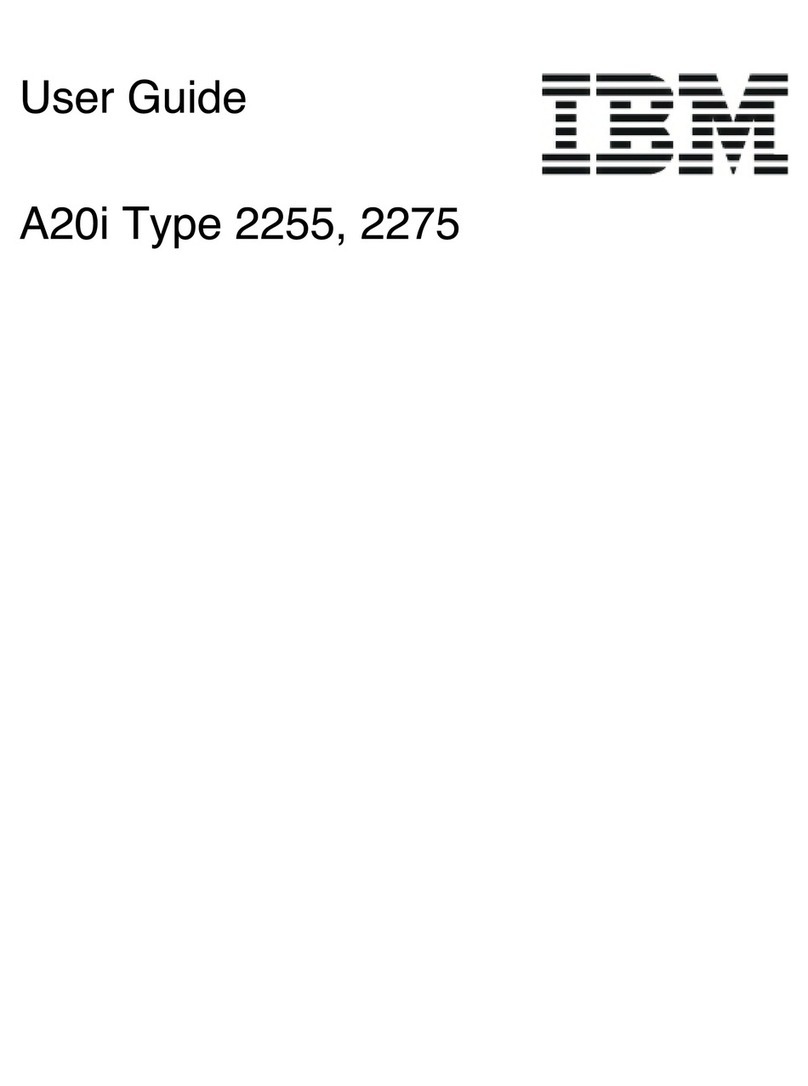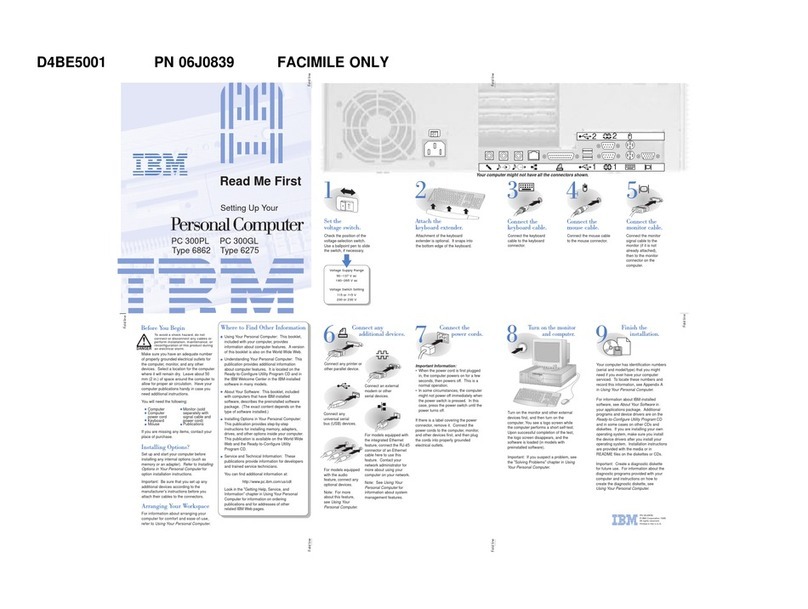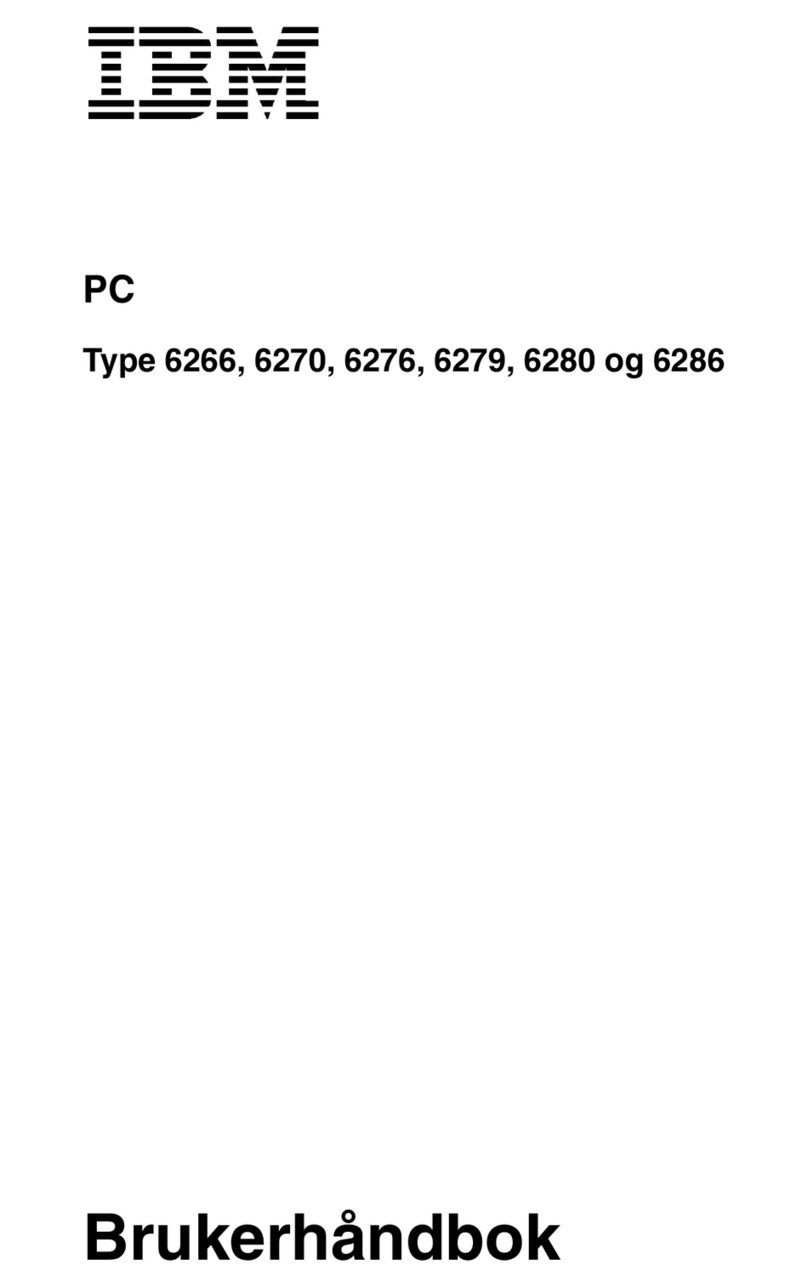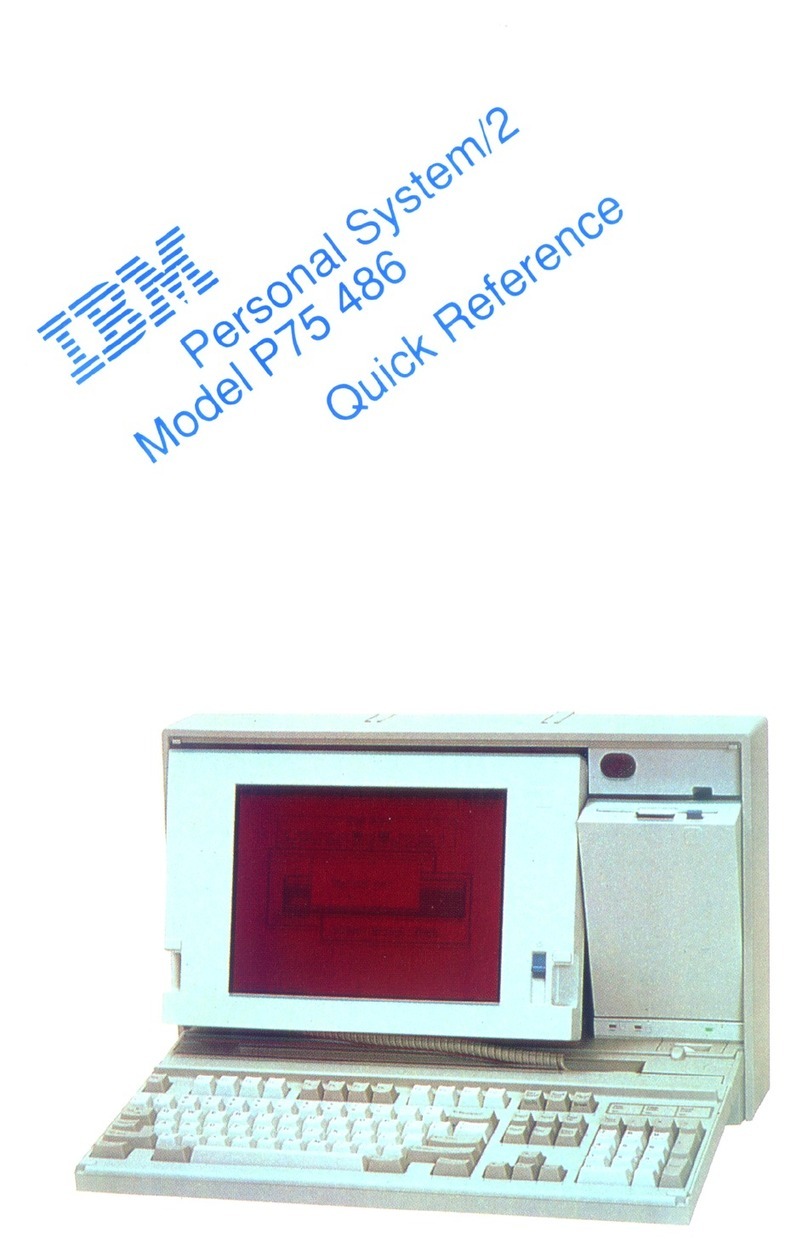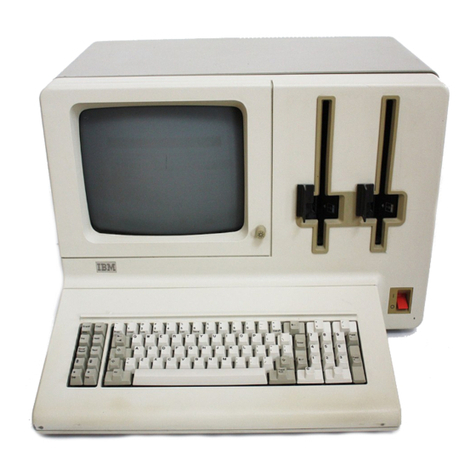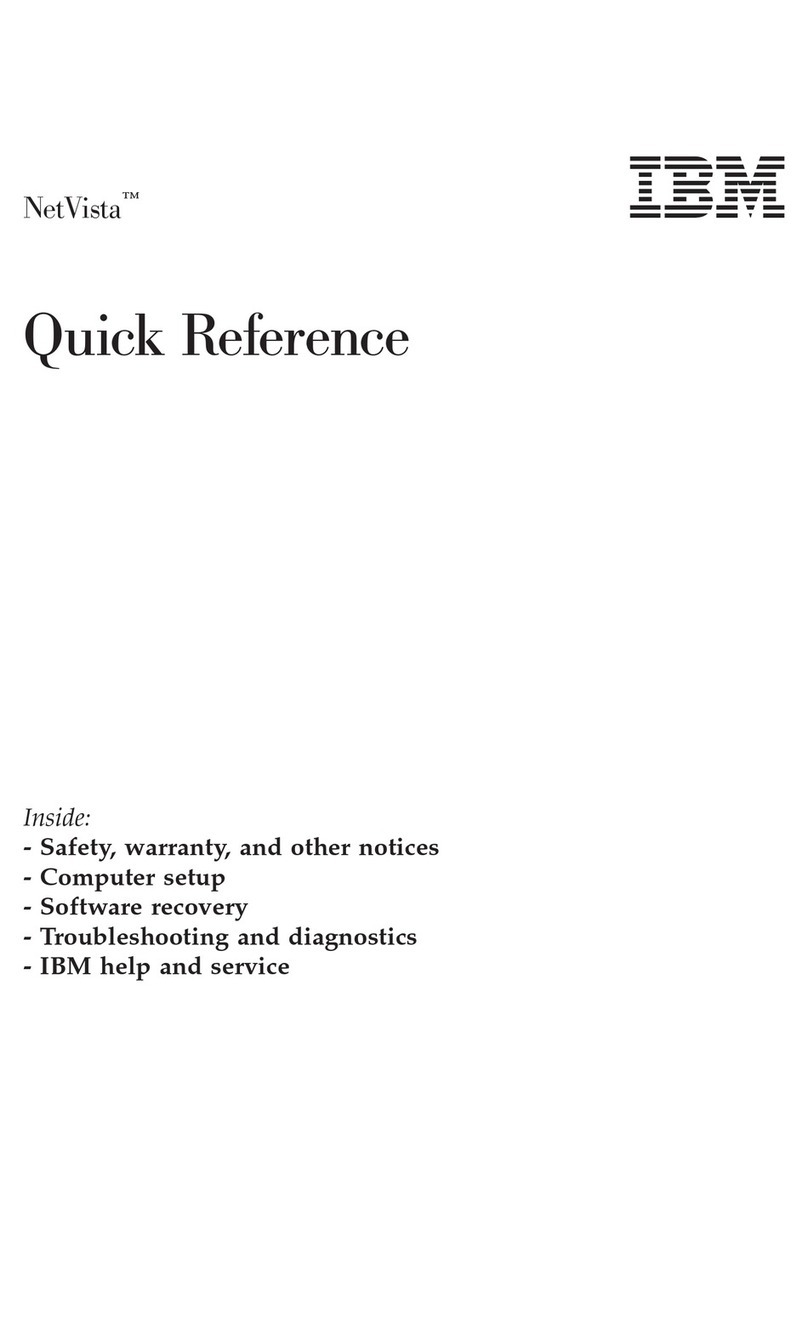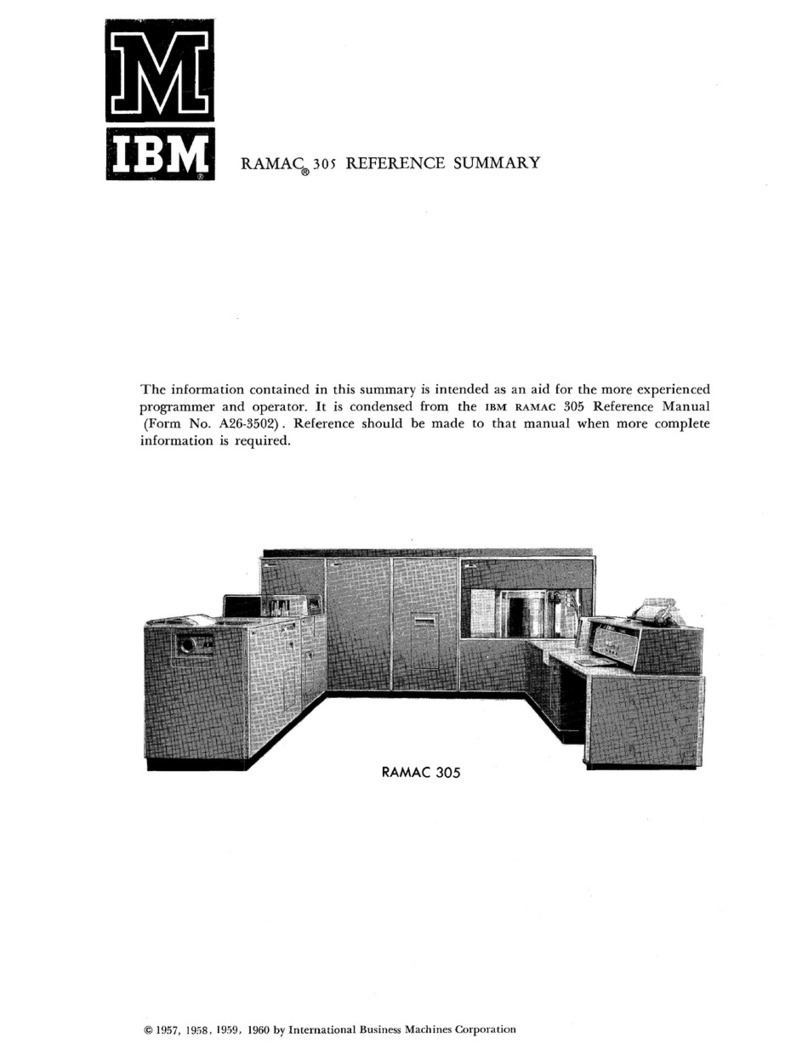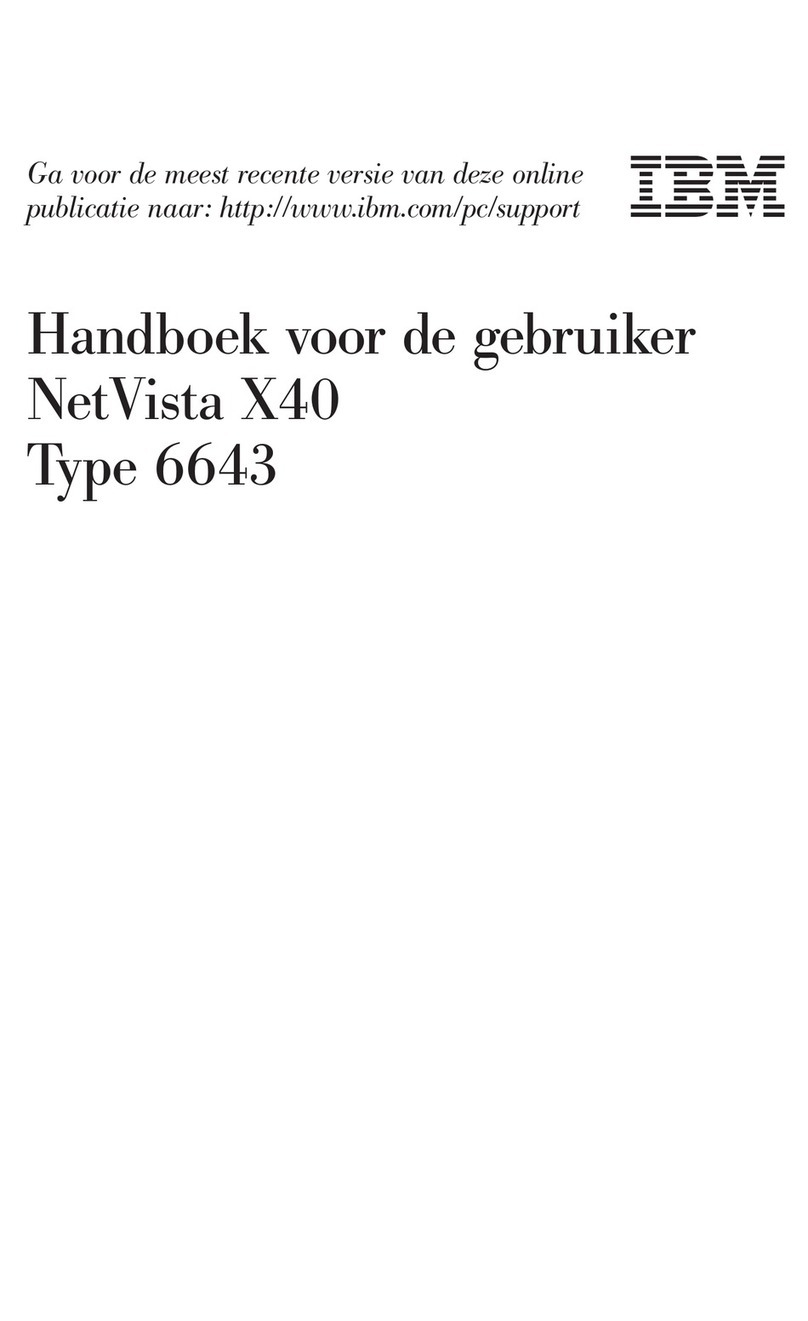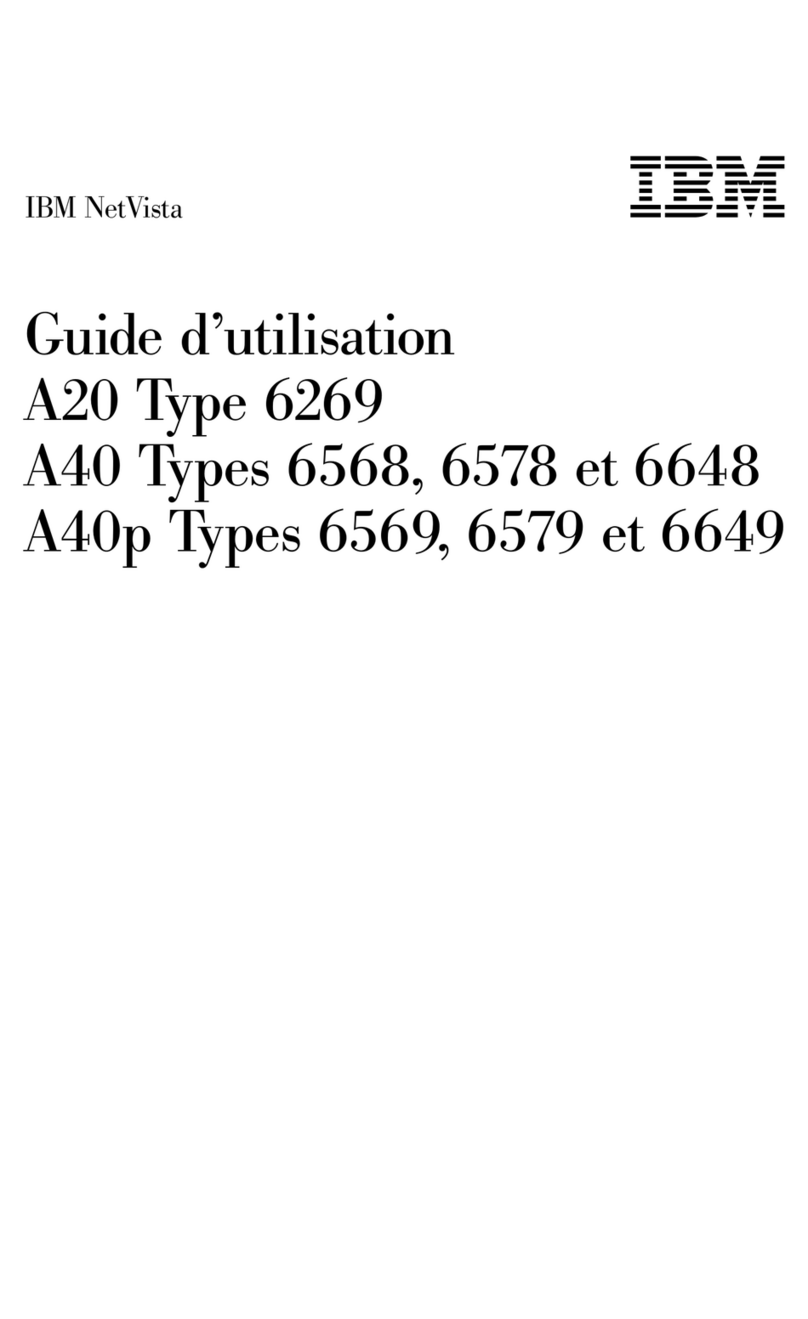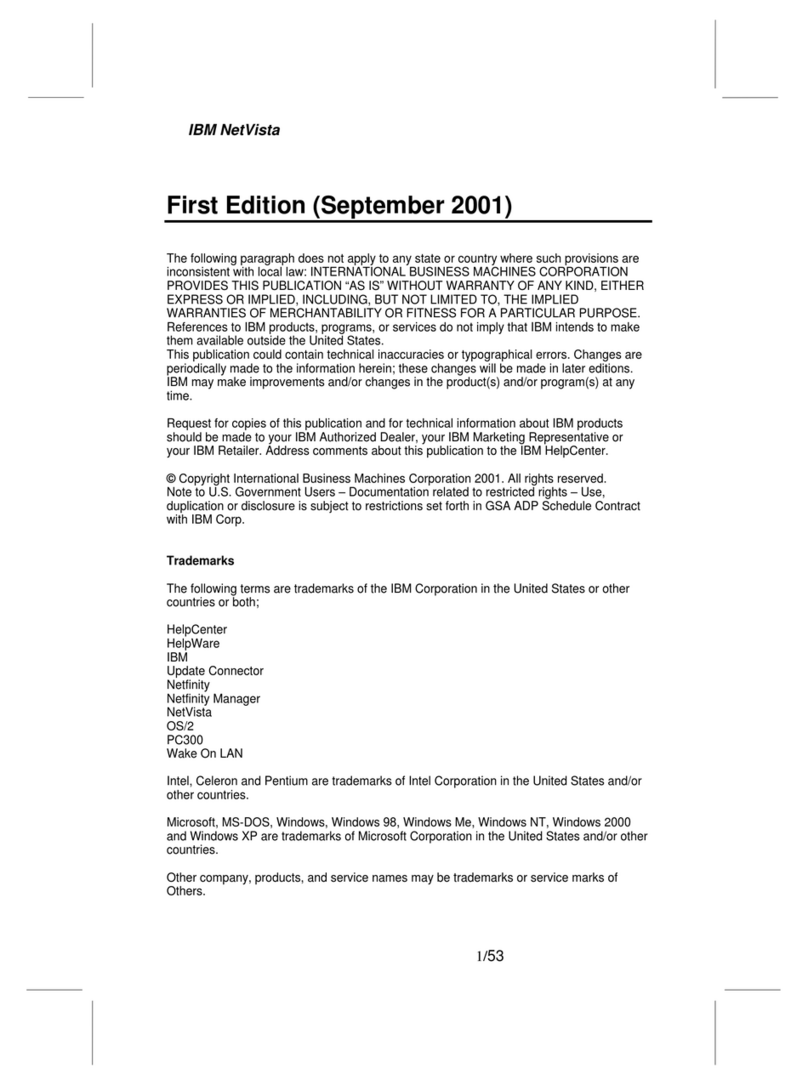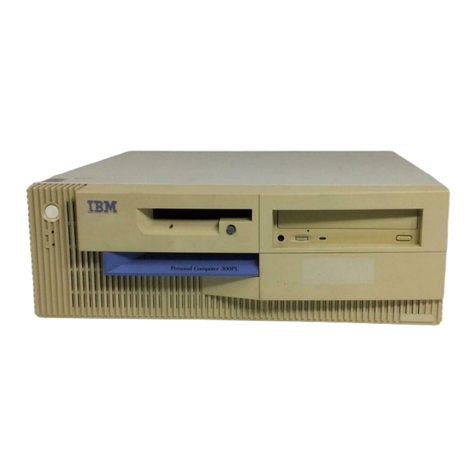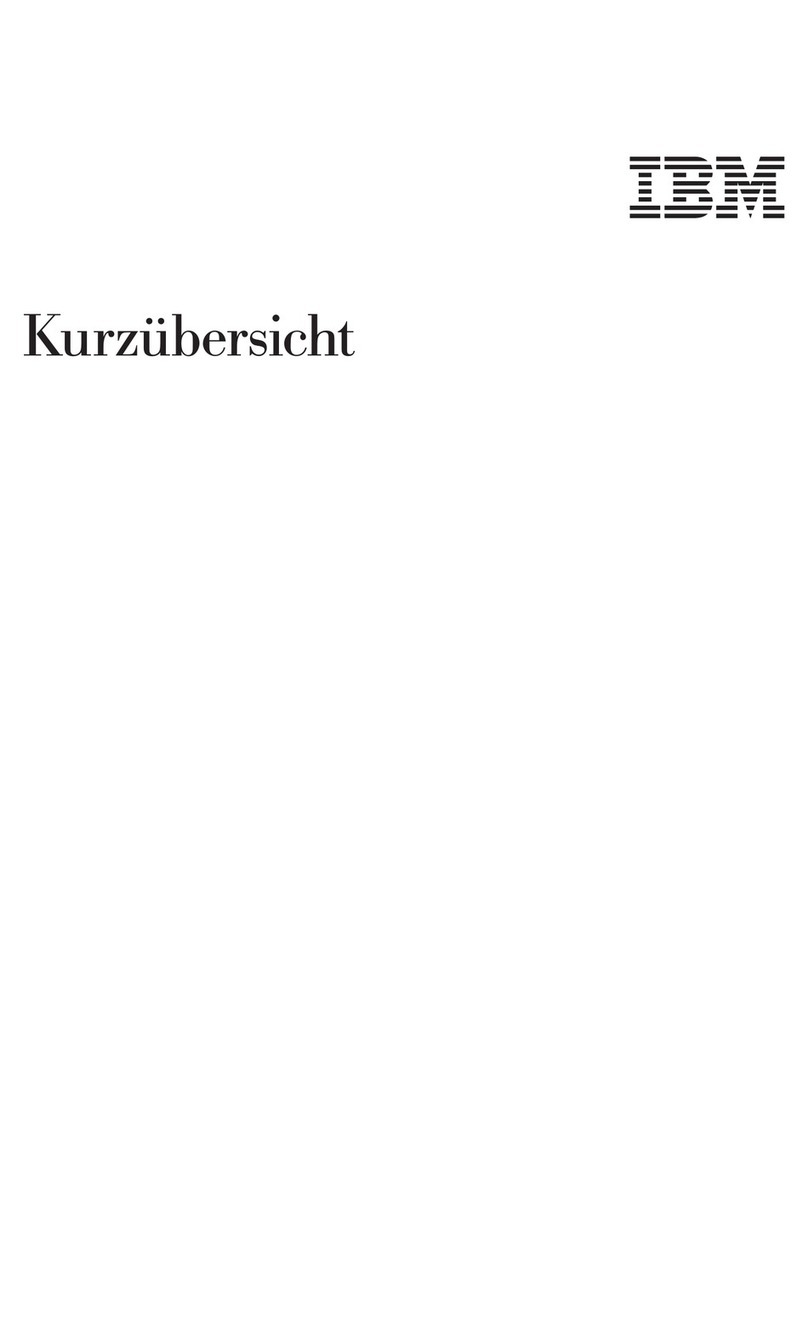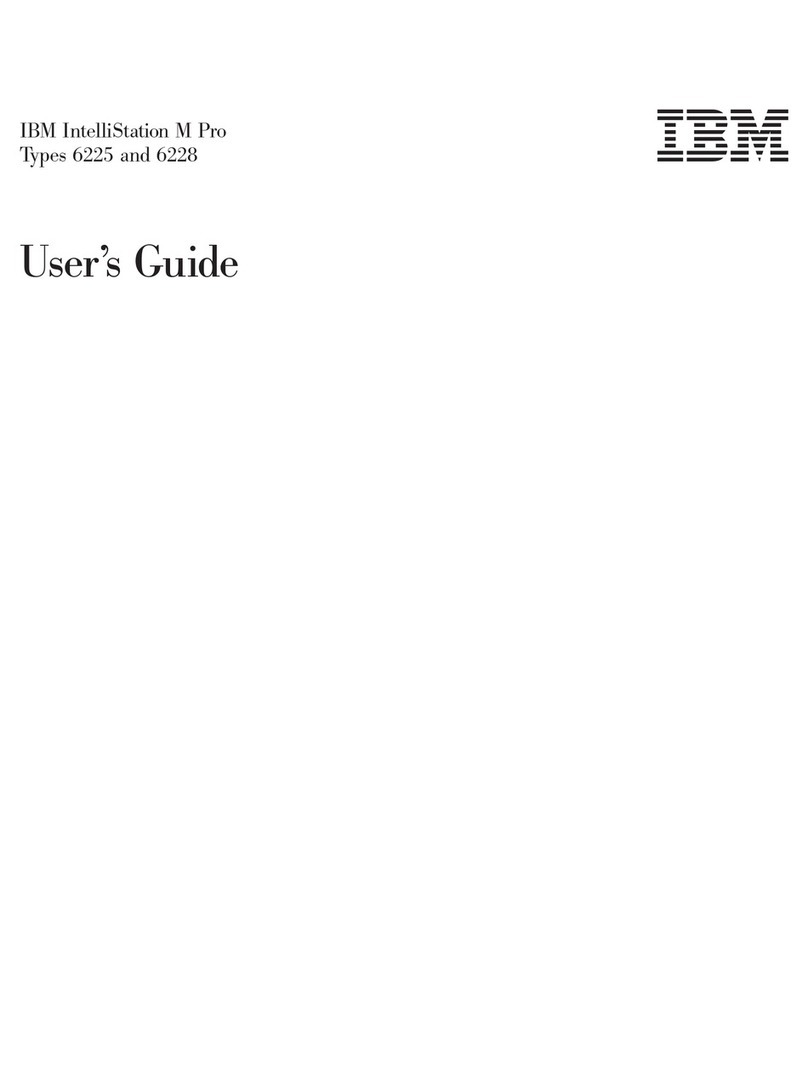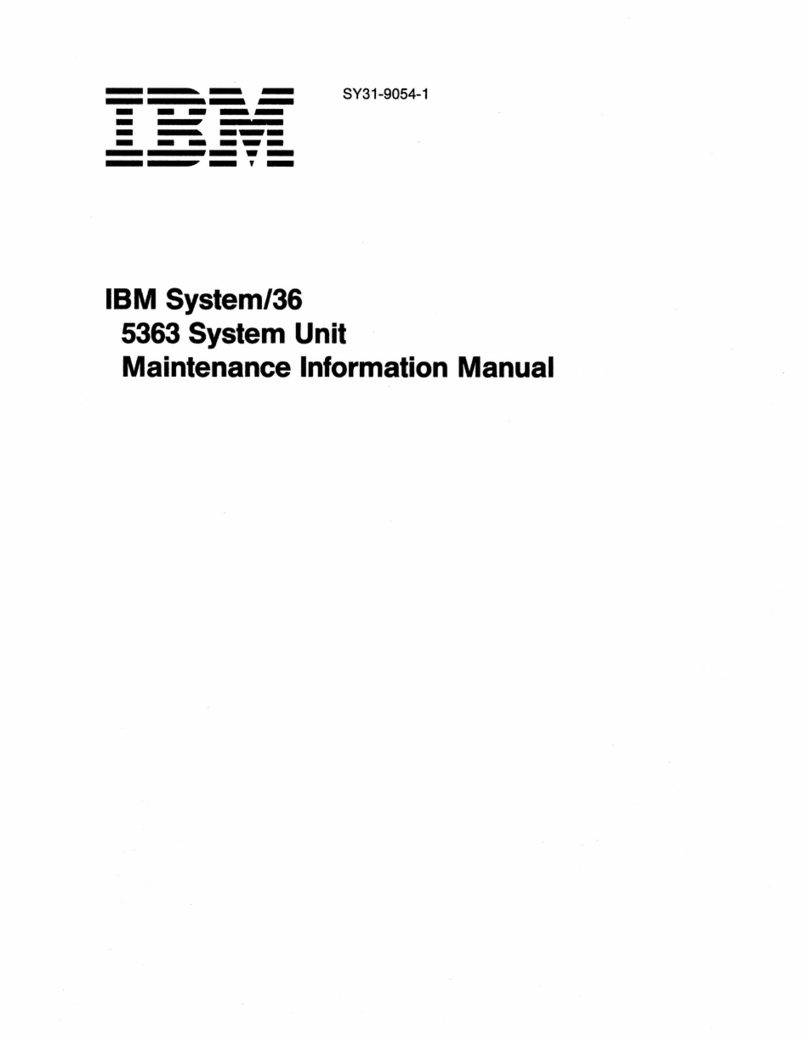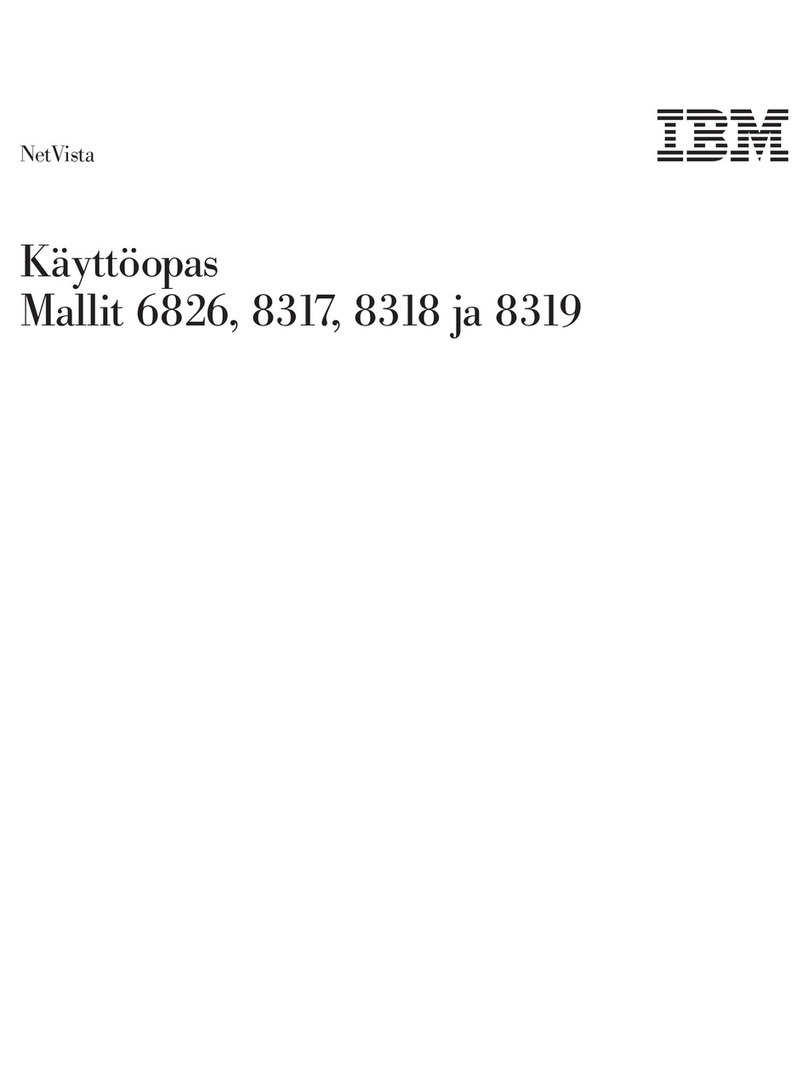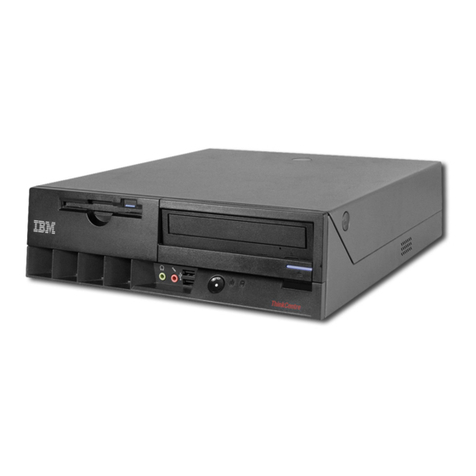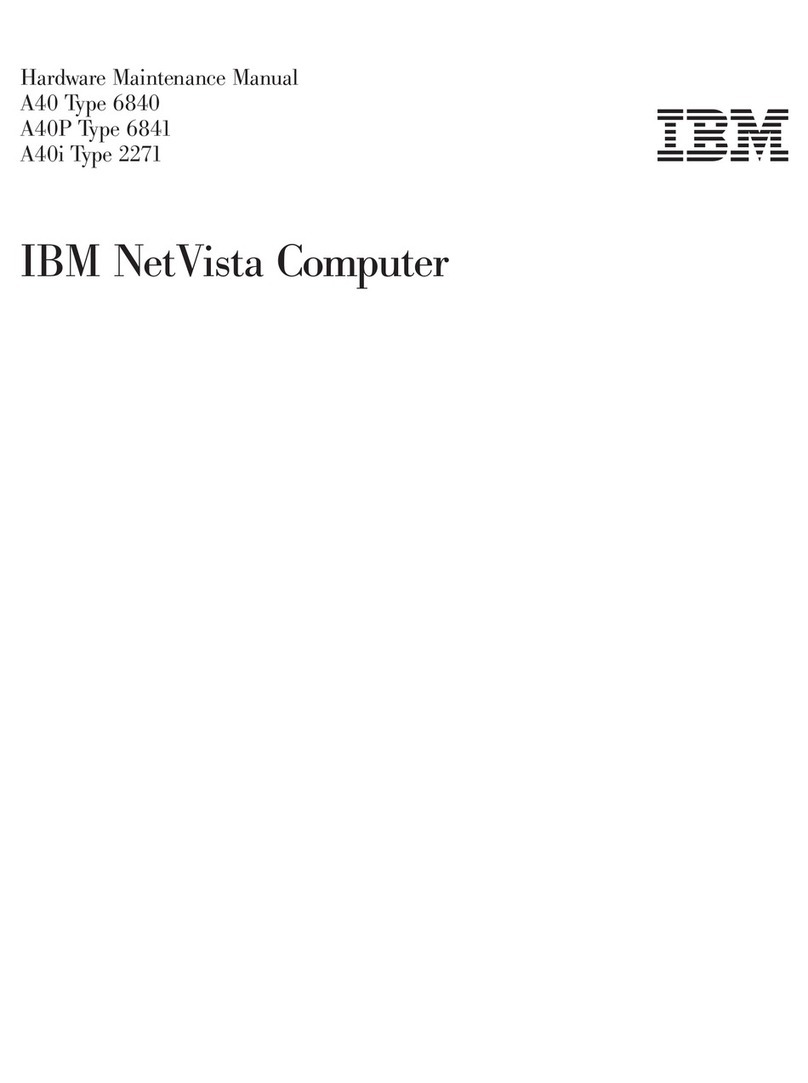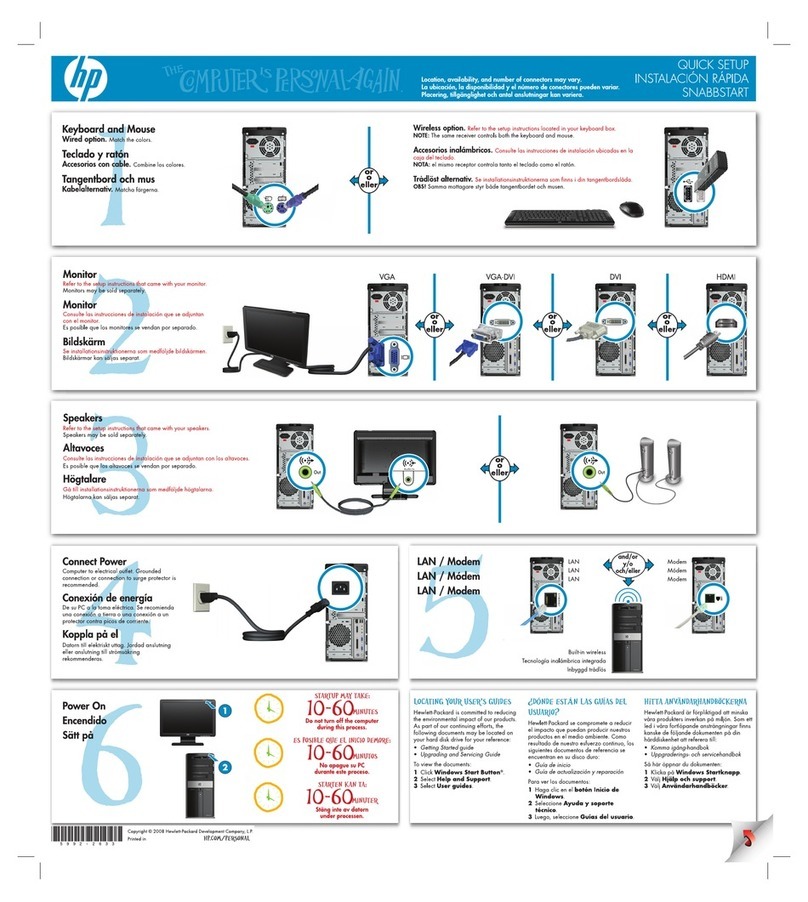Number 1500
Figure
8.
Core Storage
Unit
notes the location of a
particular
item
of
data
inside
the core storage
unit
called a
"word"
(Figure
8).
Each word is
further
subdivided
into
elements
called bits. Each
bit
has a value
of
either
a 0
or
a
1.
Thus.
the bits
(36
in
each word)
are
the basic units
of
information
in
the computer. Figure 8 also shows
S6
"planes"
or
"stories"
in
the core storage "building."
The
operation
of locating a word
in
core storage may
be compared to the
operation
of
an
elevator
in
an
office
building.
The
elevator picks
up
passengers from
each floor;
in
core storage,
one
bit
of
information is
read
or
stored from each plane.
In
actual computer
operation, all
36
bits are read, stored,
or
operated
upon
simultaneously, one from each plane.
As
previously stated, one word contains
36
bits
of
information. Core storage contains two types of
words:
1.
A word
upon
which arithmetic
or
logical oper-
ations are to be performed
is
called a data-word.
2.
A word
interpreted
by the
computer
as a code
to
"order
or
instruct"
it
to perform a
particular
operation
is
called an instruction-word.
8
IBM
709-7090
Figure 9. Instructions
and
Data
in
Core Storage
Both types of words are combinations of
36
zeros
and
ones.
An
instruction is able to "direct"
the
computer
to perform some type
of
operation, e.g., read. write,
add, subtract,
or
test for zero.
If
a
data
word were
incorrectly used
as
an
instruction, the computer
might
perform
an
illegal
operation
depending
upon
the
data
bit
configuration.
Data
words form records. fields,
amounts, results,
and
so
on. Figure 9 is a schematic
of core storage
with
both
types
of
words contained
in
separate locations.
Core storage
units
are available to provide the com-
puters
with
a capacity
of
4096, 8192,
or
32,768 word
locations of
36
information
bits each. As a decimal
digit is expressed by three
of
these bits, a total of
II
significant decimal digits may be expressed by each
word.
In
BCD coding (alphamerical characters),
one
word contains six numerical
or
alphabetic characters.
Thus,
the 32,768 words of core storage may contain
the binary equivalent to 360,448 decimal digits of stor-
age
or
the BCD representation of 196,608 characters.
The
actual capacity of storage is thus directly related
to the type of coding used.
Figure
10
shows the three core storage units
that
are available for the 709
and
7090
Data
Processing
Systems.
The
IBM
737
Core Storage, used
with
the 709
system, has 4,096 words
of
storage.
The
IBM
738
and
the
IBM
7302 Core Storage have 32,768 words
of
stor-
age
and
are used
with
the
709
and
the 7090 systems,
respectively.
